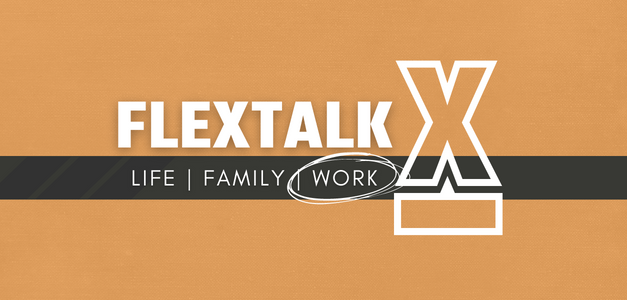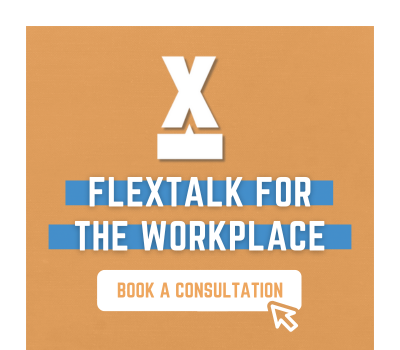As companies continue to prioritize building diverse workforces, employers must create accessible workplaces that are conducive to the needs of workers with disabilities. When workplaces are designed to accommodate a variety of needs, they empower individuals to perform at their best, fostering a culture of inclusivity, respect, and collaboration.
By addressing employee accessibility needs and making timely accommodations, organizations can create spaces where everyone feels valued and supported. Let’s explore five actionable steps you can take to build an accessible workspace where all employees can thrive.
Understand Legal Accessibility Compliance
Creating an accessible workspace is often associated with ensuring legal compliance with laws such as the Americans with Disabilities Act (ADA). This landmark legislation provides a comprehensive framework to accommodate individuals with disabilities and ensures they have equal access to opportunities, including employment.
Employers should familiarize themselves with these regulations and conduct regular audits to ensure compliance. This includes reviewing the current company policies, technology, and communication methods. Legal compliance is a mandatory step toward building an inclusive and welcoming environment for all employees.
Invest in Employee Training
Educating your workforce about accessibility is crucial. Provide training sessions that focus on disability awareness, communication, and how to offer support without making assumptions to empower your team to create a more inclusive environment. Training should also be extended to management, ensuring leaders have the tools to effectively support employees with diverse needs. When employees understand accessibility, everyone experiences a stronger sense of connection and respect.
Remove Physical Accessibility Barriers
One of the most obvious steps in creating an accessible workplace is addressing physical barriers. Ensure that your office design accommodates employees with disabilities by offering elements like ramps, elevators, accessible pathways, and other mobility aids for wheelchair users. Don’t forget about often-overlooked accommodations, such as proper lighting for individuals with low vision or tactile signage for those with visual impairments. Regularly evaluate your building’s layout to identify any potential barriers.
Utilize Technological Accommodations
Technology plays a pivotal role in workplace accessibility. Equip your organization with tools such as screen readers, voice-to-text software, and closed-captioning for virtual meetings. These tools can help employees with visual, auditory, or cognitive disabilities work more effectively.
Collaborate with employees to understand their specific needs and identify technological solutions that can enhance their experience. Investing in assistive technology proves that you’ve considered the diverse needs of your team, allowing everyone to perform their best.
Cultivate an Inclusive Workspace Culture
Creating a truly inclusive environment for all employees means going beyond physical and technological accommodations. Cultivate a workplace culture that encourages open communication and values diverse perspectives. Host events, workshops, or forums dedicated to diversity and inclusion to reinforce the importance of accessibility in your organization. When employees feel respected and free to contribute, you empower them to reach their full potential.
Accessibility in the workplace is only achieved through continuous action and regular review of inclusive measures by employees and managers. By implementing these steps, you’ll create a space where inclusivity is the norm and all employees can focus on doing their best work.
- How can accessible workplaces benefit employees who do not identify as having a disability?
- How can employers promote inclusivity and accessibility during the hiring and onboarding process?
- How does employee education on disability services contribute to an accessible workplace?
- What strategies should business leadership take to address specific employee concerns about workplace accessibility?
- Why are continual reviews of company policies and accessibility measures important for achieving an inclusive workplace?


